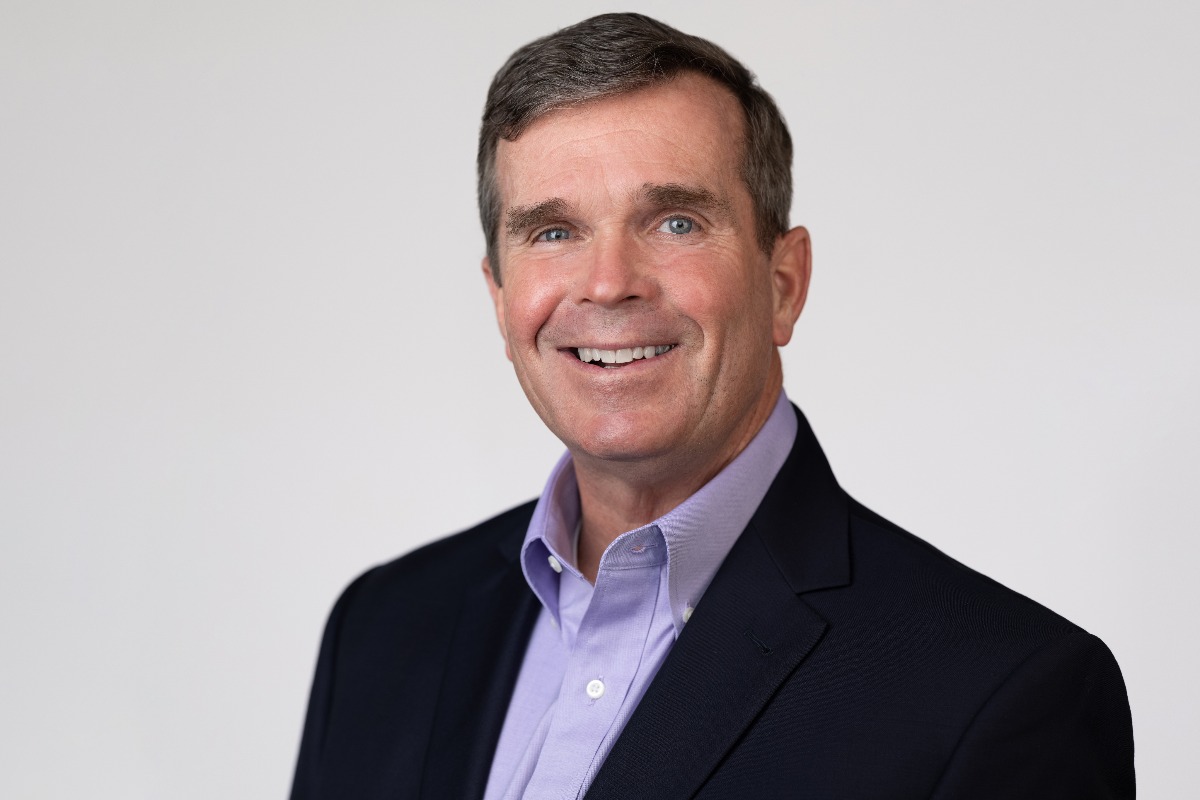Whether it be “The Great Resignation,” “The Great Reshuffling,” or the “New Normal” of work, the federal workforce is not immune to shifts in the job market. Job openings continue to grow, while the number of individuals looking for work decreases. All the while federal government employees are often overworked, underpaid, and underappreciated as personnel shortages and challenges facing our nation grow in scope and complexity each year.
The consequences of an insufficient federal workforce are starting to show across our nation. Overtime use is at an all-time high at the Federal Aviation Administration due to insufficient staffing. This has reduced the number of flights available and reduced oversight of U.S. airspace.
Staffing shortages among law enforcement, particularly at the southern border, is drawing the attention of Congress. This comes as an overdose epidemic grips our nation and geopolitical instability threatens global shipping.
The federal government must quickly implement strategies to hire the right people and create an environment where they are inclined to stay before talent management in the federal workforce becomes a threat to national security.
Finding the right people for federal service is easier said than done for America’s largest employer. There are a variety of obstacles, chief among them is attracting a new generation to the workforce as the number of interns in the federal government have decreased and the average age of federal employees has increased. Government jobs have also become increasingly complex and technology-driven, requiring a highly skilled workforce, which creates increased competition with the private sector where compensation is higher and hiring processes are faster and more effective.
As personnel shortages and pay gaps increase, ensuring federal employees feel engaged and empowered becomes more challenging. This problem is compounded by the work-life balance and geographic flexibility many federal employees became accustomed to post-COVID. Hundreds of thousands of federal workers returned to the office this month, which many predict will make the competition for talent fiercer, even as many commercial employers reinvent work-from-home policies.
According to recent data from the Partnership for Public Service, there have been steady drops in government-wide employee engagement since 2020. An engaged federal workforce is not only important for retention, it’s a vital component of a well-functioning government.

These are just a few of the challenges faced by government leaders as agencies scramble to implement strategies and practices to woo potential hires from the first interaction during recruitment to retaining valued employees every step of the way.
Accelerate Recruiting to Land Top Talent
The federal government has faced hurdles in recruiting and retaining skilled personnel for decades. A prolonged hiring process and staffing levels consistently below targets demand a fresh approach.
The average time to hire for the public sector is nearly three times longer than the private sector, according to a NEOGOV report.
In an era where technology defines the workplace, federal agencies are turning to digital solutions to transform their recruitment processes and should continue investing in these initiatives.
To reduce the time-to-hire period and keep pace with the private sector, agencies can look to digitize all government forms and implement secure e-signature solutions across the board, an improvement that was ushered in by the pandemic but still needs to be a top priority moving forward.
Digital documents are just one piece, and real increases in speed can be realized through intelligent automation. Agencies across the board could utilize the power of artificial intelligence and robotic process automation to streamline nearly every aspect of the federal hiring process. This not only saves valuable time and money, but it can eliminate common hiring biases and improve high-volume hiring processes.
Underpinning everything when it comes to improving federal hiring processes is enabling data-driven decision making across all recruiting and hiring initiatives. Dashboards with real-time data can be utilized to drive day-to-day operational decisions, such as the need for a hiring surge or pause or to shift resources to an area of need, ultimately resulting in improved talent attraction and hiring efforts for many public sector entities.

Advanced data analytics can also identify the most effective talent sources and help reach ideal candidates for long-term employment. Through ongoing data capture and analyses, federal agencies can focus on high-yield recruiting channels and select high-performing candidates who will perform and will continue to serve. This creates a virtuous cycle of lower turnover and opportunities for greater selectivity by the agency.
A Call to Action: Federal Workforce Satisfaction Drops
Recent surveys indicate a concerning decline in federal employee satisfaction, falling five points year-over-year in 2022. In contrast to the private sector's remarkable recovery, the public sector has only regained 53% of lost jobs over the past two years. This alarming trend has prompted federal agencies to take decisive action.
These data points play out in the form of a startling retention issue within the public sector. It’s a worrisome trend when high stress and burnout are paired with low morale and engagement. McChrystal Group data further underscores the problem, finding that 65% of government employees feel burnt out at work, significantly higher than the 44% of workers in the private sector who indicate they feel burnt out.
Additionally, key positions occupied by highly skilled employees in fields of national security importance like artificial intelligence, machine learning and data science skills are particularly difficult to recruit and retain given the disparity between government and commercial salaries.
So, what can be done? First and foremost, leadership can be proactive and intentional about creating a company culture that reflects the mission of the agency. Notably, 34% of workers say culture is the main reason they would consider leaving their current role, according to a survey from international recruiting firm Hays.

One of the best tactics for creating an empowered culture is through strategy alignment and empowered execution. This perfect balance between an organization aligned to accomplish a specific outcome with employees able to execute that strategy results in what McChrystal Group calls “common purpose.”
There is a laundry list of tactics to improve candidate flow and increase employee retention. However, there will inevitably be junctures in any individual’s career where there is an elevated risk of attrition. This may be due to a difficult deployment, a lack of career progression, or peaking private sector opportunities. There are tools to identify those patterns so agencies can respond with timely, pertinent intervention plans, which is a crucial component of an effective workforce retention strategy. This requires both sophisticated talent modeling and people-process capabilities, but if done right, these tools act as a “scalpel” to address the retention of the highest-risk personnel at the moment of greatest need.
Modernize Work Processes
To recruit and retain top talent, federal agencies must overhaul their IT practices and become even more data driven. It may seem counterintuitive, as you wonder “What does IT have to do with hiring?”
In fact, it is all interconnected. Equipping employees with cutting-edge digital tools not only attracts younger generations but also ensures smoother onboarding and greatly contributes to the overall employee experience. Intelligent, self-service workflows can and should reduce administrative burdens, fostering collaboration and information sharing, and ultimately improving retention rates. Federal agencies should view investments in their information technology infrastructure as not just a tool for improved security or efficiency, but as a tool for employee retention by making it easier for people to do their jobs.
Government employees lose about 84 hours each year trying to overcome tech-related issues to old technology, which equates to more than just frustrated public servants. The loss in productivity and resources across the government’s more than 4 million employees is staggering. Maintenance alone on aging IT systems costs the taxpayer more than $337 million each year, which doesn’t account for the approximately 336 million human hours lost by the federal workforce each year to inadequate information systems.
An Investment in Federal Employees
“Today’s challenges demand our government can and should be a force for good. We achieve this most effectively when we train, equip and empower our government workers to not only do their jobs, but also to find ways to do their jobs better,” said General Stan McChrystal. “Our return of investment will be the attraction of our nation’s best and brightest, increased retention of employees, and boosted morale, all resulting in expanded effectiveness.”
A skilled and motivated federal workforce is critical to the continued safety, security and prosperity of our nation. If we don’t confront the challenges facing the federal workforce of today, we will struggle to find a federal workforce capable of addressing the threats and challenges of tomorrow.







